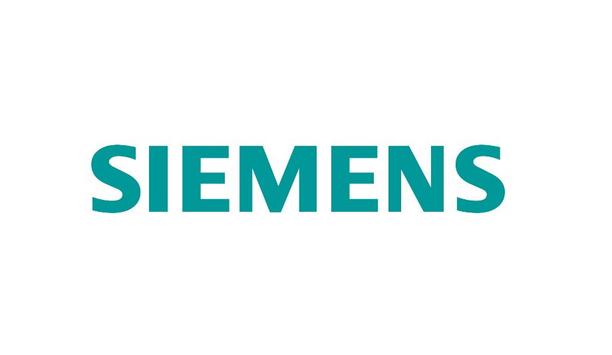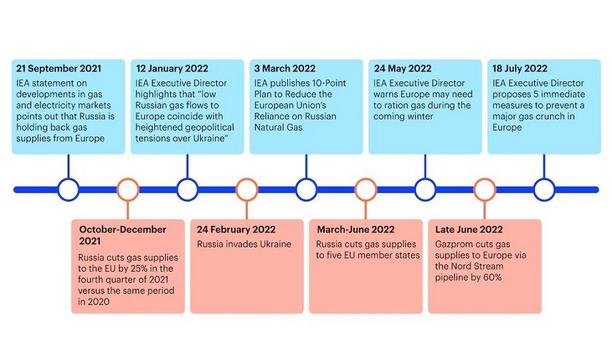Digital components communicate with different data protocols, each governed by its own standards body. Users might test a circuit board with multiple types of data buses at the same time.
The standards bodies regularly update the protocols to accommodate faster data speeds, which often come with more complex compliance test specifications (CTS).
Using automated compliance test software
Validating a product to new CTS requires time, money, and knowledge to get it to market. One engineer can’t expect to be an expert in every protocol standard.
In this article, Keysight explains why the high-speed digital data standards are changing more frequently, what this means for digital developers and validation engineers, and how users can stay on top of the latest specifications and decrease the development time using automated compliance tests software.
Increasing demand for faster communication technology
Inside 5G-enabled devices, data capture, storage, and transmission need to be fast
Emerging technological trends are driving the demand for faster data communication and processing. One such technology is 5G, which enables faster wireless communication between devices on a network. Rapid transmission of data is key to supporting 5G infrastructure.
Inside 5G-enabled devices, data capture, storage, and transmission need to be fast. Autonomous vehicles are a great example of this: LIDAR, radar, and camera sensors produce a lot of data which must move rapidly between sensors, the application processor, memory, and displays.
High-Performance Computation
Most of the actual data processing is done in hyperscale data centers where a network of rack servers receives, processes, and transmits exponentially more data than ever before.
An autonomous vehicle’s decisions are made by processing the huge amounts of data from the vehicle’s sensors using high-performance computation, then sending those decisions back to the car in real-time. Both sides of the data infrastructure, inside the device and in the data center, need hardware that can transfer and process exponentially more data.
How the standards are changing
The digital standards bodies have responded to this demand by pushing the limits of their respective technologies by issuing more frequent updates to the standards. Figure 1 shows how the Peripheral Component Initiative Special Interest Group (PCI-SIG®) has followed this trend. The gap between generations of the standard shrunk from seven years to two.
In 2021, as some data centers were transitioning to Peripheral Component Interconnect Express (PCIe®) 5.0 motherboards and most consumer hardware still used PCIe 4.0 connectors or older, the PCI-SIG released the PCIe 6.0 standard, doubling the bit rate to 64 GT/s.

Digital standards
While this shows exciting progress toward instantaneous data transmission, the physics of the channel can render the signal a meaningless string of voltages at those speeds. Digital standards have added equalization to both the transmitter and receiver sides to attenuate noise and recover the signal clarity.
Ethernet and PCIe have reached speeds at which Pulse Amplitude Modulation (PAM-N) technology is required (Figure 2). While PAM-4 can convey two bits per cycle, it is more susceptible to noise, loss, and reflections, and is, therefore, more difficult to design and test.

What does this mean for a digital developer?
New standards mean new challenges for digital designers. Faster data speeds make the testing process more complex.
Every digital standard requires interoperability tests (a series of the transmitter, receiver, interconnect, and protocol layer tests) that need to be passed before a given product is certified as compliant with the standard.
Accuracy and Reliability
PAM4 signaling requires even more accurate measurements than NRZ
Creating the test cases and running enough tests over enough time to ensure their accuracy and reliability is a time-consuming undertaking considering the complexities (and potential ambiguities) of a particular standards’ CTS. Standards using PAM4 signaling require even more accurate measurements than NRZ because the smaller eye height decreases the margin between passing and failing a compliance test.
Imagine a solution that users can plug the device under test (DUT) into and run every test users might find in the CTS. Such a solution exists, and it is a powerful tool for helping developers validate their devices faster and more accurately.
What is automated compliance test software?
Studies show that only 11% of companies have a fully automated test workflow. Automated compliance test software can make the usually time-consuming process of gathering performance data and validating it against the standard more painless.
Compliance software can run on an oscilloscope, a bit error ratio tester (BERT), or another test instrument.
Software setup
First, the software will provide a connection diagram showing how to set up the DUT, measurement hardware, and any other boards and connections. Second, users pick which tests to run from a list of tests in the CTS.
The software includes all the tests present in the CTS as released by the standards body, so users can be confident that DUT will be subject to the same scrutiny that the standards bodies will hold it to. The software is updated regularly, so users don’t need to study every detail of the latest standard release.

Instrument calibration
If the hardware performs perfectly, the software will display a clean bill of health that the hardware passes CTS standards
Thirdly, the software will calibrate the instruments and run the tests. Users save a lot of time from this step, as the entire process is automated. When the tests conclude, the software provides results.
If the hardware performs perfectly, the software will display a clean bill of health that the hardware passes the standards’ CTS. Otherwise, the software will provide a list of parameters and performance margins needing improvement before testing again.
Repeatability
Another key benefit of automated test software is repeatability. The software knows the tests and can repeat them to ensure reliability and trustworthiness without an engineer needing to set it back up, recalibrate, and manually take results into a spreadsheet.
In the few hours that the tests take, validation engineers can get confirmation that their device works to spec, or, if not, receive detailed performance margins to make necessary changes for the next revision.
Validation and conformance testing
Validation and conformance testing for digital devices can be a slow process requiring accurate measurements
Emerging technologies require faster data transmission and processing. Digital standards bodies are increasing the data speeds to meet this demand. Faster data speeds come with more impairments in the signal.
As a result, developing with digital standards and validating digital devices have become more complex and challenging. Validation and conformance testing for digital devices can be a slow, tedious process requiring highly accurate and reliable measurements.
Pass any compliance test
Automated compliance test software enables more efficient validation workflows for developers. Test software updates to the latest performance specifications, relieving engineers from having to know every changing detail of the CTS.
Taking the human element out of validation increases accuracy, repeatability, and trustworthiness while speeding up development and enabling developers to create digital products that can pass any compliance test.






